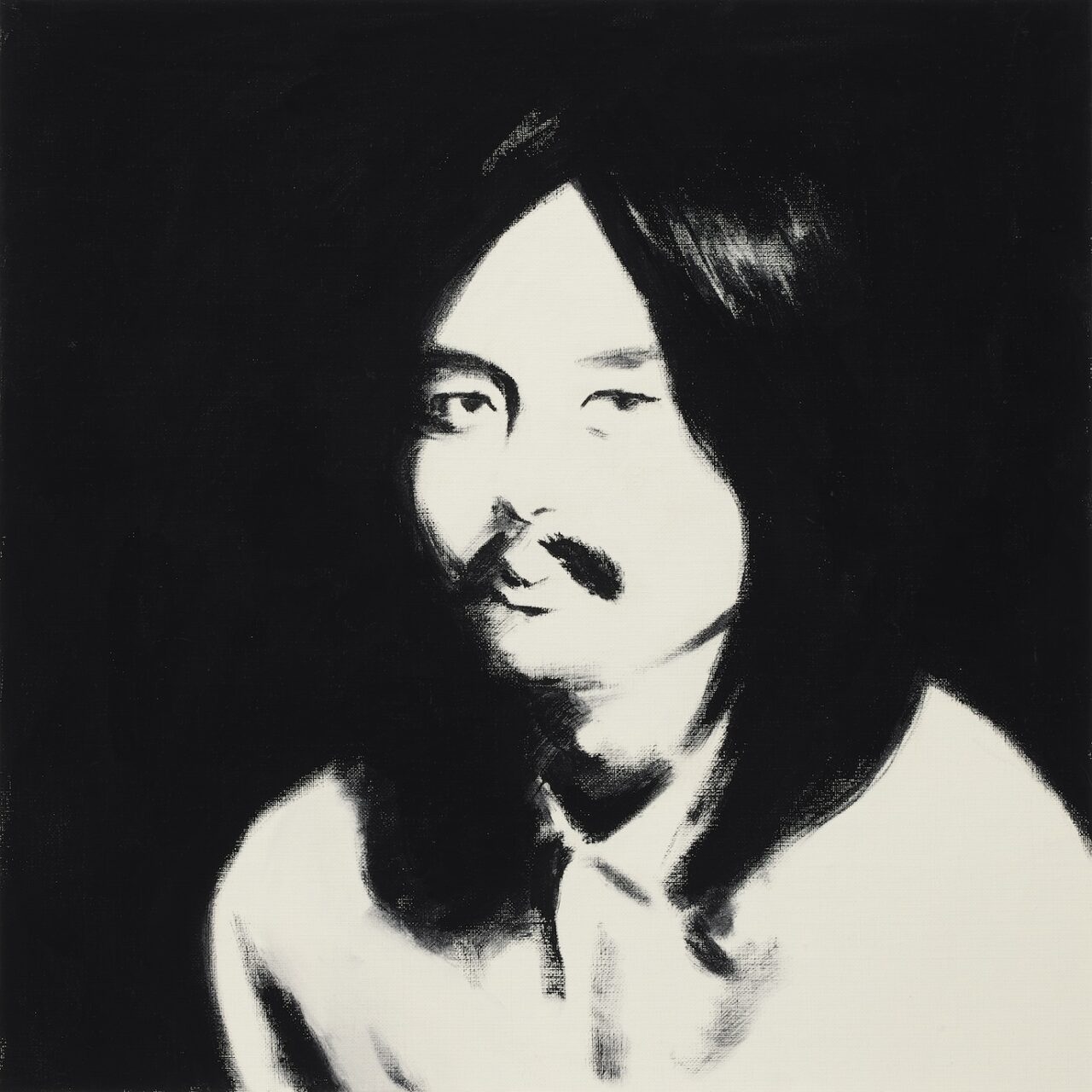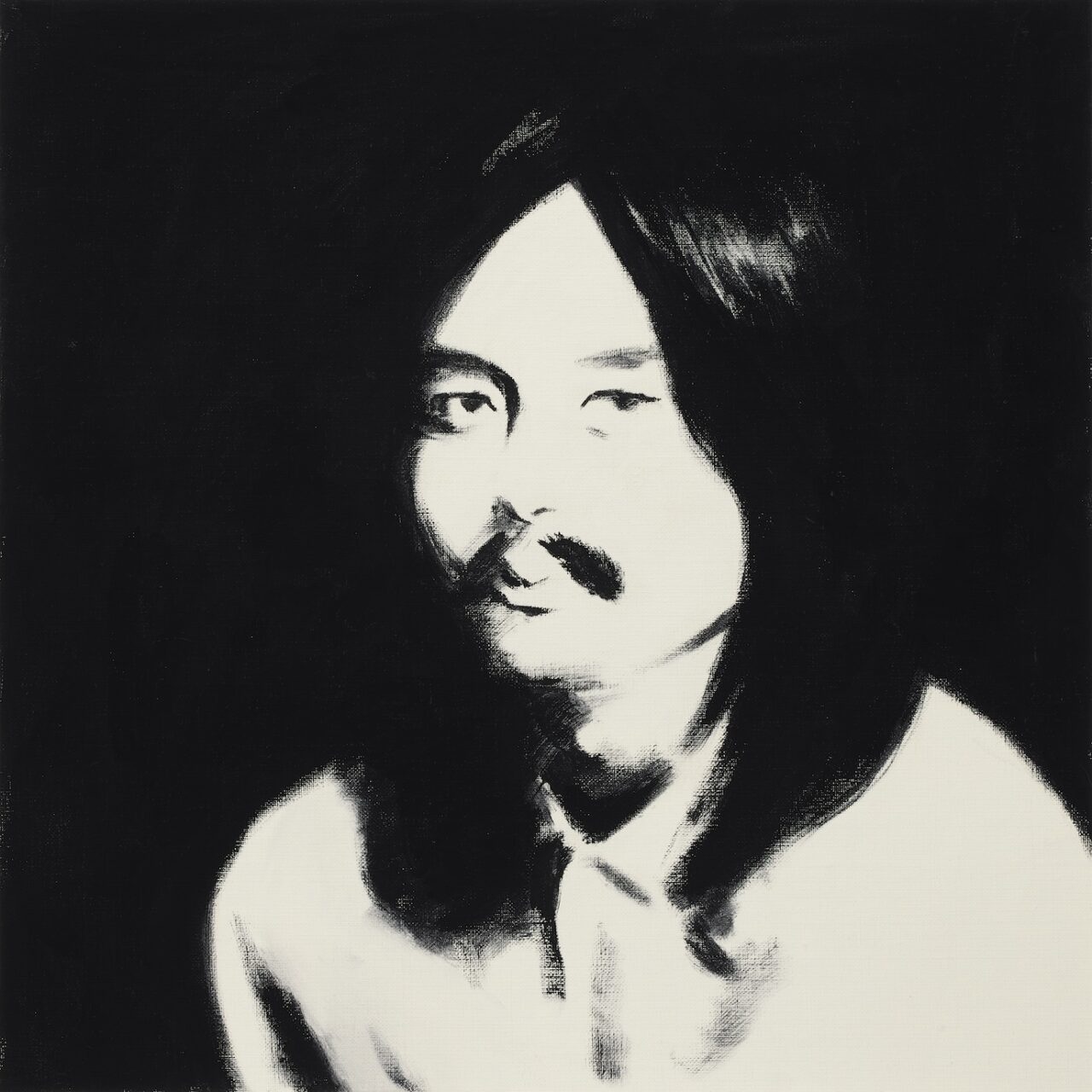In 2024, celebrating the 55th anniversary of Haruomi Hosono’s musical journey, the cover album HOSONO HOUSE COVERS was released. To delve deeper into this tribute—reimagined by 13 musicians—NiEW is launching a special short-term series exploring both the new interpretations and the original masterpiece, HOSONO HOUSE.
Kicking off the series is writer and trackmaker Shoichiro Kotetsu, who revisits the sound and context of HOSONO HOUSE, reflecting on what HOSONO HOUSE COVERS reveals in a contemporary light.
Editor’s Note: This series and article were written and produced at the end of last year. In January 2025, a devastating wildfire in Los Angeles, California, displaced hundreds of thousands and heavily impacted the city’s music community, including Stones Throw Records, the co-producer of HOSONO HOUSE COVERS. John Carroll Kirby, one of the album’s contributors, also shared news of his losses on social media. We extend our heartfelt condolences to all those affected.
INDEX
HOSONO HOUSE COVERS: Illuminating Haruomi Hosono’s Past, Present, and Future
Knxwledge and J Dilla, who carve vast records of the past into new creations; Dam-Funk and James Pants, pioneers of the ‘80s sound revival; Madlib’s Yesterdays New Quintet, which plays a “yesterday” that never existed—Stones Throw Records has always engaged with the past, honoring the musical legacy left by its predecessors.
But this is not mere escapism or regression. By revisiting pivotal moments in music history and referencing the futures that might have been, they integrate contemporary technology and values to forge something entirely new. In that sense, Stones Throw’s collaboration with Haruomi Hosono feels both unexpected and inevitable.
Editorial Note: HOSONO HOUSE COVERS was co-produced by Stones Throw Records alongside Japan’s Bayon Production and KAKUBARHYTHM.
Haruomi Hosono’s discography, as if distilling the very best of diverse pop music, unfolds like a stop-motion reel of 20th-century music history. His perspective—shaped by being born in postwar Japan, his admiration and complex relationship with Anglo-American culture, and his humorous approach to navigating it—goes beyond mere reproduction of trends. What emerges is unmistakably Haruomi Hosono’s music.
Among his works, HOSONO HOUSE (1973), his first solo album, stands as a foundational piece that set the standard for everything that followed. In recent years, the release of its reimagined counterpart, HOCHONO HOUSE (2019), has offered both Hosono himself and music fans in Japan a renewed opportunity to reflect on its significance.
Haruomi Hosono’s music, despite its profoundly original presence, did not emerge as a spontaneous mutation from nothing. HOSONO HOUSE, too, is shaped by various influences.
Hosono has frequently shared his musical inspirations through his own writings, as well as in books like Masaharu Kitanaka’s Haruomi Hosono Interview: The Endless Talking and Yusuke Monma’s Haruomi Hosono and Their Era. Drawing from his own accounts, let’s take a closer look at the influences that helped shape HOSONO HOUSE.

Musician. Hosono made his debut in 1969 as a member of April Fool. In 1970, he co-founded Happy End, and in 1973, he launched his solo career while also performing as part of Tin Pan Alley. In 1978, he formed Yellow Magic Orchestra (YMO), contributing to the pop music industry as a songwriter, producer, and label owner.
Following YMO’s disbandment, Hosono explored world music, ambient, and electronica, engaging in composition, production, and film scoring. In 2019, celebrating the 50th anniversary of his musical career, he released HOCHONO HOUSE, a reimagining of his first solo album, HOSONO HOUSE (1973).
In 2024, marking his 55th anniversary in music, the tribute album HOSONO HOUSE COVERS, featuring 13 artists, was released.
Incidentally, in THE ENDLESS TALKING, Haruomi Hosono speculates that the reason he is so frequently interviewed might be because he belongs to the “first generation of the postwar era.” Similarly, Tamori—who, like Hosono, has rapidly become something of a subcultural icon over the past decade—is also part of this first postwar generation, born just two years apart.
While both are far too singular to be neatly categorized by generational theory, comparing them offers a fascinating perspective on the history of postwar culture.
INDEX
The Origins of HOSONO HOUSE: Tracing the Roots
For example, in “Jūsho Futei Mūshoku Tei Shūnyū,” there is a cheerful New Orleans funk influence, exemplified by Dr. John. “Rokka Bai Mai Beibī” evokes nostalgia for 1930s pop music and Hollywood tunes. The funkiness of “Aiai Gasa” and the 16 beats and rose piano in “Bara to Yajū” and “Fuku wa Uchi, Oni wa Soto” are strongly influenced by contemporary funk and R&B, as seen in artists like Sly & The Family Stone and Billy Preston.
This applies to all the songs, but regarding the deep vocals, Hosono has often stated that he was influenced by James Taylor’s singing style. Additionally, contemporary American rock bands such as Van Dyke Parks, Little Feat, The Band, Buffalo Springfield, and Moby Grape have continually influenced Hosono since his Happy End days.
It’s well known that HOSONO HOUSE was recorded at Haruomi Hosono’s home in the residential area of “America Village” in Sayama, Saitama. This location played a significant role as an influence. The area, once home to U.S. military officers near Johnson Air Base, transformed into affordable public housing, attracting Japanese people fascinated by foreign cultures.
Among the residents were musicians such as Minako Yoshida, Chū Kosaka, and Tetsu Okada (Moon Riders), as well as creative youth like the design team WORK SHOP MU!! (including members like Yukimasa Okumura and Hajime Tachibana).
In the turbulent 1970s, amidst pollution, the oil crisis, and economic stagnation, escaping from the rapidly disappearing “Kazemachi” in Tokyo, Hosono spent his days in the American-style houses with fellow artists. The floating mood of HOSONO HOUSE owes much to this unique creative environment.
Kazemachi refers to the scenery of Aoyama, Shibuya, and Azabu, where Takashi Matsumoto, the drummer and lyricist of Happy End, spent his youth. He explains in his work Kazemachi Shijin (1986) that he sought to depict the feeling of being a stranger in his familiar neighborhood, contrasting it with the unfamiliar landscapes of Aoyama now, exploring this paradox.
INDEX
HOSONO HOUSE: A Musical Legacy That Echoes the Future
HOSONO HOUSE, created under various influences with a mix of diverse styles, is the foundation for HOSONO HOUSE COVERS, which brings together an even broader array of styles.
For example, the track “Jūsho Futei Mushoku Tei Shū” is covered by the mei ehara Band, transforming the original’s sticky rhythm into a square, modern funk, as though it had been reorganized with DAW software.
Jerry Paper’s version of “Bara To Yaju” reflects the sensibilities of bedroom music post-Chillwave/Vaporwave, reinterpreting the original HOSONO HOUSE as the quintessential “home recording music.”
John Carroll Kirby, a rising star trusted by artists like Frank Ocean and Harry Styles, transforms “Fukuwauchi Oniwasoto” into a 21st-century soy sauce music, complete with the Mizuhara sisters’ chants (“Ee-yaa saa saa”).
Despite their generational differences, Akiko Yano and TOWA TEI, both deeply familiar with Haruomi Hosono, bring “Rock‐A‐Bye My Baby” and “Aiaigasa” to life using the most straightforward expressive methods—”piano-driven vocal performances” and “collage/sampling”—which are notably true to their individual styles.
Haruomi Hosono often speaks about the originality of music, acknowledging that even melodies and rhythms he thought were his own creations already exist within folk music and classical traditions. However, he emphasizes that this should not lead to despair over the idea that “there is no room left for new creations.” The act of creation, he believes, is about respecting what has been passed down from the past, adding one’s own signature, and then passing it on to the next generation.
The eclectic nature of HOSONO HOUSE has given birth to HOSONO HOUSE COVER, which will serve as an entry point to even more eclectic and diverse music that transcends time and borders. By comparing both, one can sense that beyond the gentle melodies and cheerful rhythms, there exists a vast and profound musical spectacle.

▼ References
Haruomi Hosono, Ambient Driver (Paperback edition, 2016, Chikuma Shobo)
Haruomi Hosono, Soichiro Suzuki, Haruomi Hosono Bunpuku Chagama (Paperback edition, 2011, Heibonsha)
Soichiro Suzuki, Haruomi Hosono: The Stopped Clock Starts Again (2014, Heibonsha)
Masakazu Kitakanaka, Haruomi Hosono Interview: THE ENDLESS TALKING (2005, Heibonsha)
Yusuke Kadoma, Haruomi Hosono and His Era (2020, Bungeishunju)
“HOSONO HOUSE COVERS”(LP)

Release Date: Wednesday, November 6, 2024
Price: ¥5,500 (tax included)
Catalog Number: HHKB-001
[SIDE A]
- Aiaigasa / TOWA TEI
- Fuku wa Uchi Oni wa Soto / John Carroll Kirby feat. The Mizuhara Sisters
- Jūsho Futei Mushoku Tei Shū / mei ehara
- CHOO CHOO Gatagoto / Kukuku (Ikuko Harada & Manami Kakudo)
- Fuyugoe / Yūma Abe
- Boku wa Chotto / Mac DeMarco
[SIDE B]
- Koi wa Momoiro / Sam Gendel
- Owari no Kisetsu / rei harakami
- Bara to Yajū / Cornelius
- Party / SE SO NEON
- Rokka Bai Mai Beibii / Akiko Yano
[Link to the album]
https://hosonohouse.lnk.to/COVERS
https://hosonohouse-cover.com/























